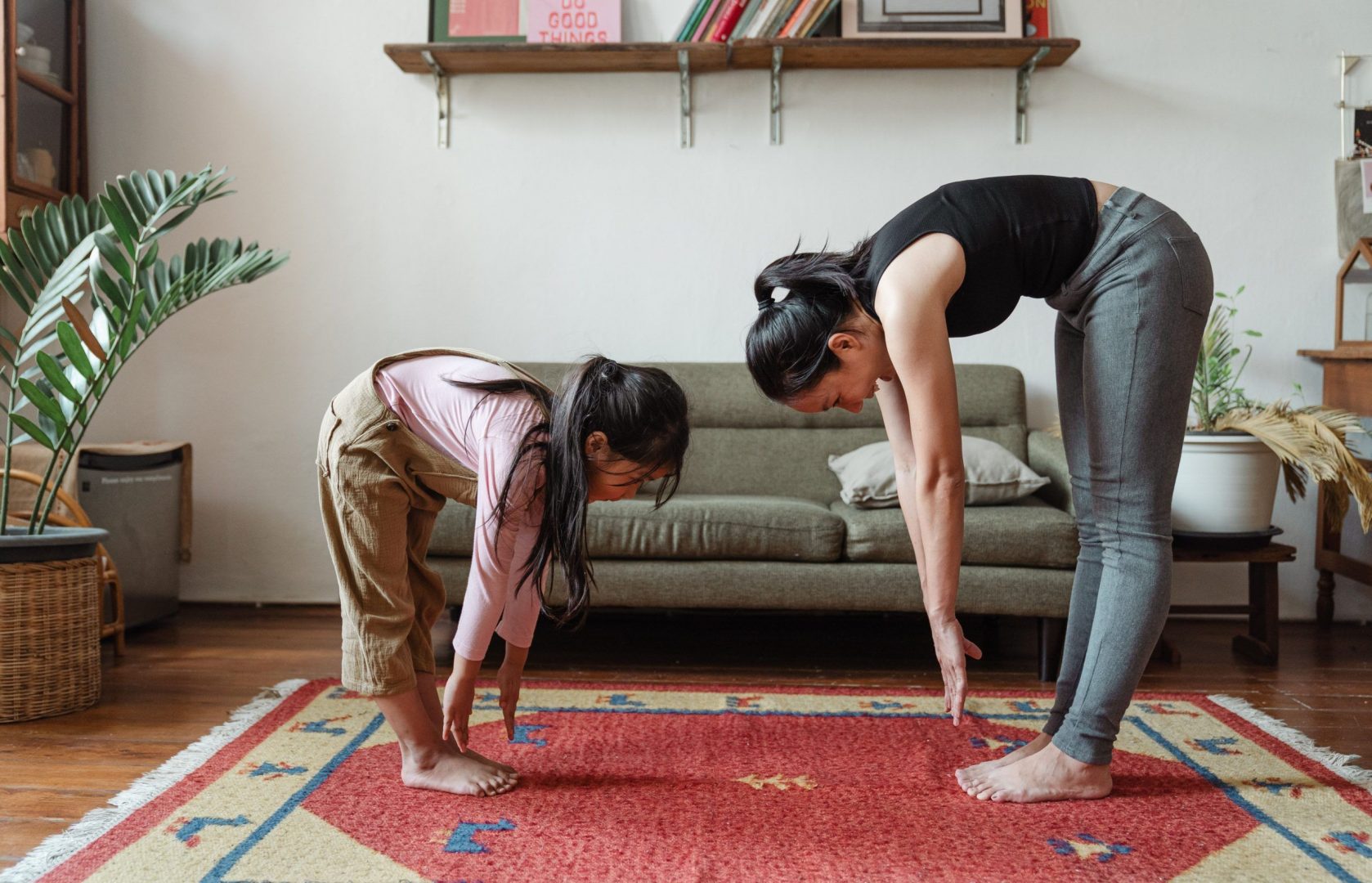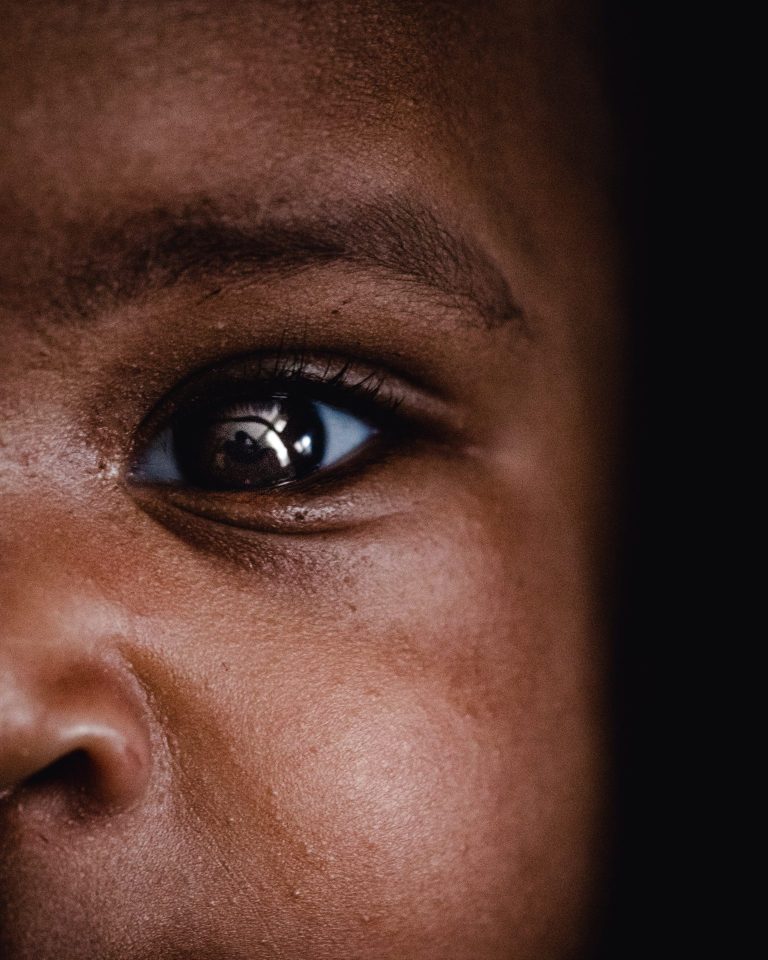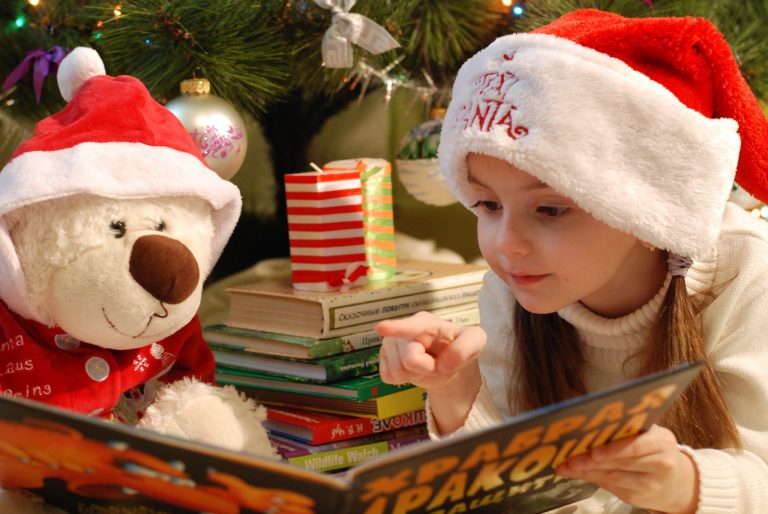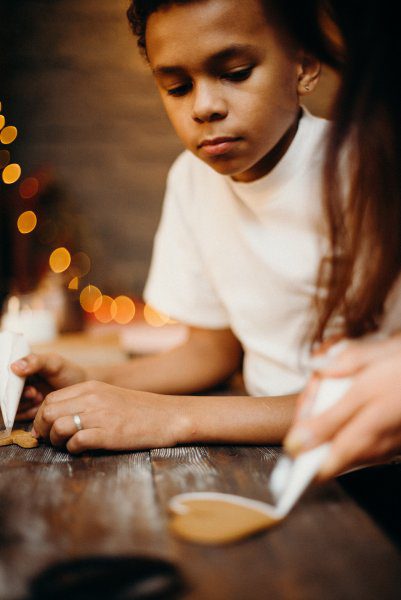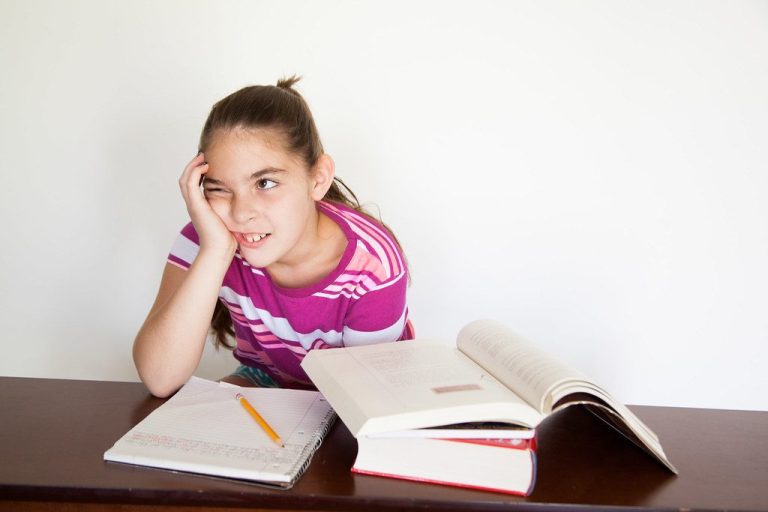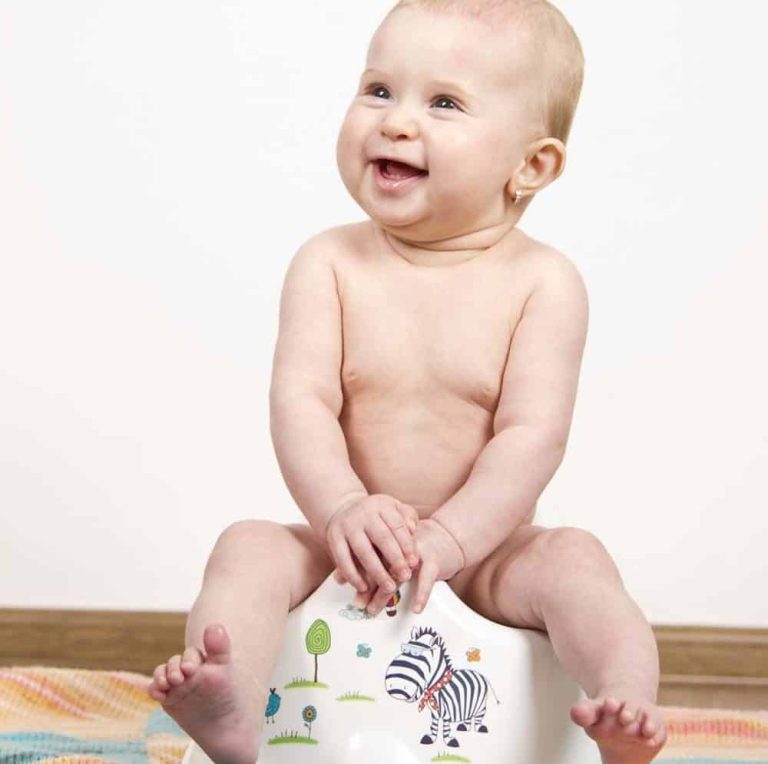Practicing Mindfulness with My Child
A couple of months ago I attended an online conference by Devon Kuntzman on ‘Raising Toddlers’ and one of the points mentioned was tantrums. When we think about tantrums, we must keep in mind the child’s age; the ability to express oneself verbally, and the child’s ability to recognise emotions. When a child is very young, they are unable to identify their emotions and to understand the connection between the trigger in their environment and their behaviour. As adults we are better able to see what is going on and to connect the experiences our child may be going through and the manifesting behaviour associated with it. Our role as adults is very important because we need to verbalise what is going on not only in the external environment, but also internally within our child. By describing and explaining to children what is going on, we not only normalise it, but we also help them to start making sense of things and giving them a sense of control. By giving our children the skills to stop and reflect, teaching them words to describe what is going on, and helping them identify feelings within their body, we are giving them the tools to become more emotionally intelligent and to cope better with the challenges of life.
I would like to give an example, which is common enough in young children: My child is playing with his toys and it’s late. The time for him to stop playing, clear up and brush his teeth to go to bed is nearing. He is engaged in his game and the moment I tell him to stop playing and clean up to brush his teeth, he becomes angry and throws his toys against the floor. Why does this happen? Because the transition may have been too abrupt for him? Because he is unable to express his sadness at having to stop? Because he feels frustrated that he has to stop what he is enjoying and do something which he finds boring?
How can I help my child?
I can verbalise and prepare my child for the transition. I can make it visual by setting up a timer so that the finality of his activity is visible and he has more sense of control over the ending. I can also talk with my child and explain what is going, how he may be feeling and validate his experience.
I particularly like verbalising my inner conflict as an adult and also whatever is happening around me as a parent. I belive that this is beneficial for children to connect better their internal and external expereiences. One activity I especially found to be helpful is mindfulness.
What is Mindfulness?
‘Mindfulness is a tool that allows people to be more aware of their physical and emotional conditions without getting bogged down in self-criticism and judgment. To be mindful is to observe and label thoughts, feelings, sensations in the body in an objective manner.’ (Psychology today, 2020)
With this definition in mind, I can better understand that to be mindful means to be more in touch with what is happening without trying to explain it. I can help my child become aware that when they experience specific emotions, specific areas of their body is affected and in pain for example. Being mindful is something that we model for our children, we create a family atmoshpere where we are aware of our thoughts and feelings and we take time to reflect and think about them. When you set a specific time to be mindful, you are present with your child in that moment and that is an added bonus for your child who would love to have the adult’s undivided attention and focus.
Being mindful together, strengthens the relationship and creates better opportunities for your child to be better able to deal with frustrations and tensions in the future. Thus your child will be better able to self-regulate. According to a study by Van der Oord (2012), addressing mindfulness as a family, would mean a calmer atmosphere is present at home and awareness of the present moment is increased, with a reduction in judgment and automatic negative responses.
One can find many online ideas to carry out mindfulness activities, and I personally recommend the application Headspace, although there may be similar applications which are also very useful.
References:
https://transformingtoddlerhood.com/devon-kuntzman/
https://www.psychologytoday.com/intl/basics/mindfulness
Van der Oord, S., Bögels, S.M. & Peijnenburg, D. The Effectiveness of Mindfulness Training for Children with ADHD and Mindful Parenting for their Parents. J Child Fam Stud 21, 139–147 (2012). https://doi.org/10.1007/s10826-011-9457-0
https://www.headspace.com/headspace-meditation-app
Abigail Church is a Humanistic Integrative Counsellor who works with adults and children through counselling with Willingness. She can be contacted on abigail@willingness.com.mt or call us on 79291817.

